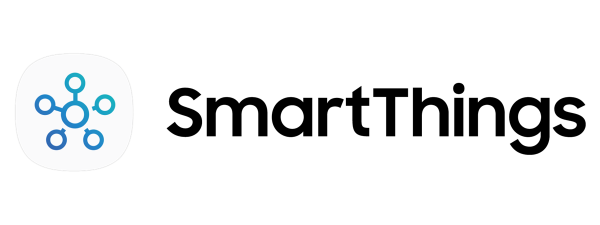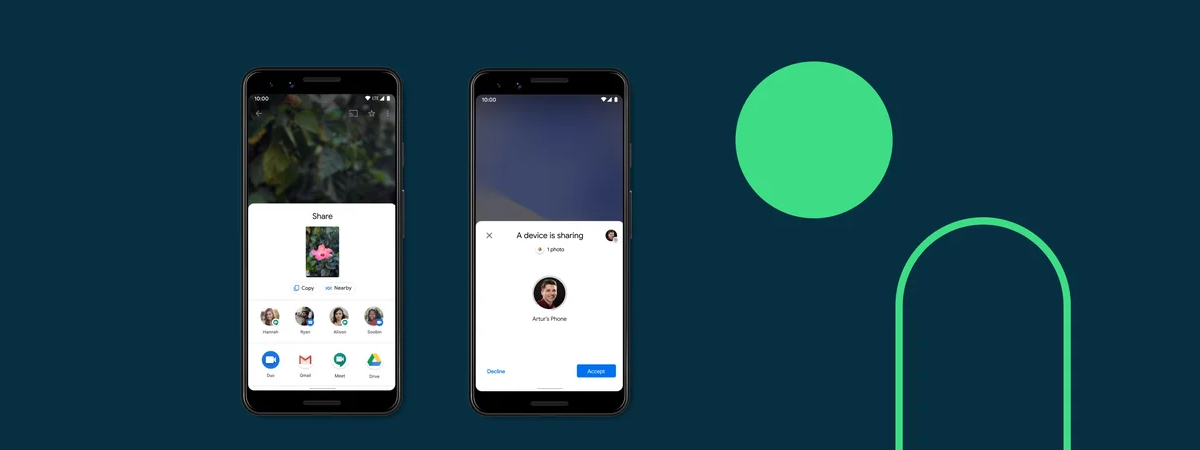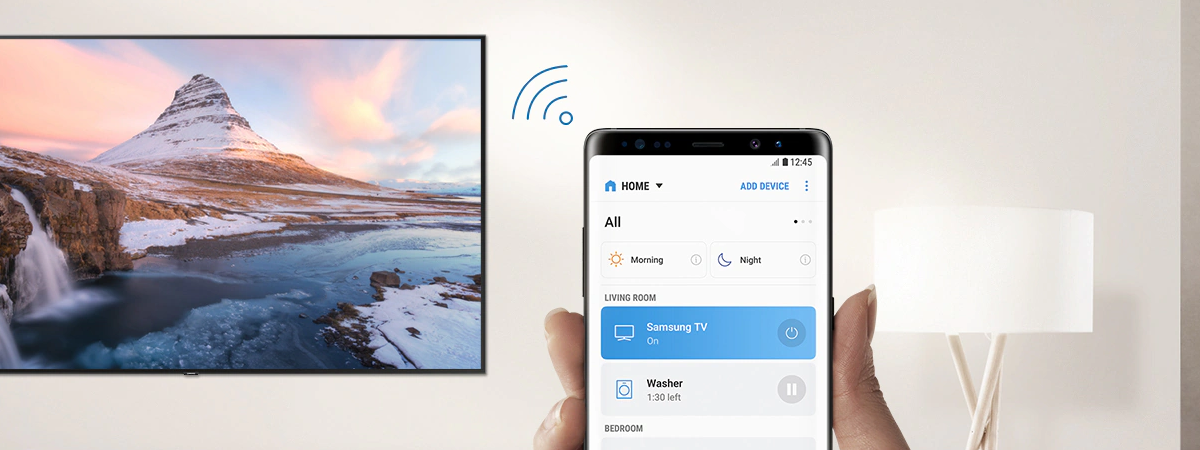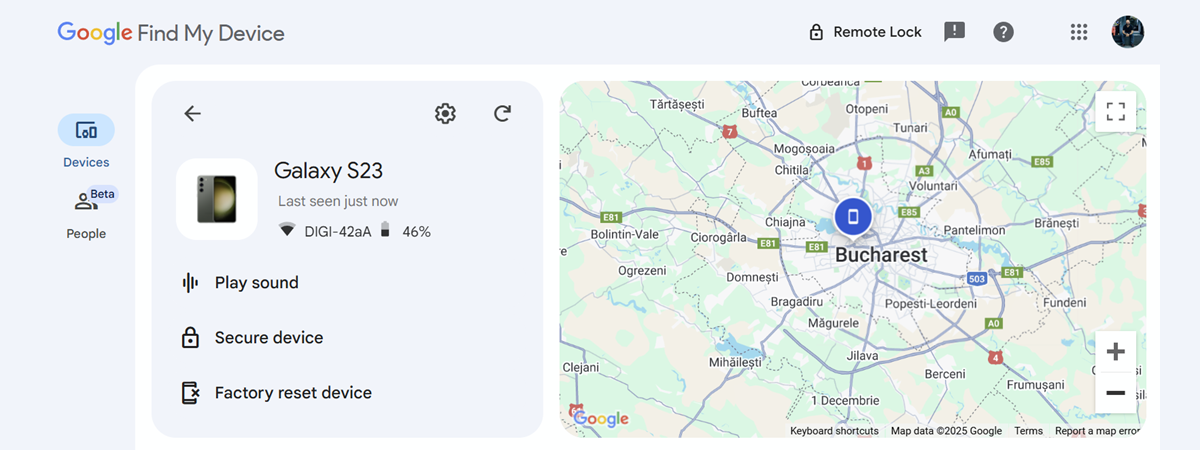
NFC is an acronym for Near Field Communication, and it’s often used when referring to modern smartphones and tablets. What does NFC mean, how does NFC work, and what does it do? Many people buy expensive smartphones, which all have NFC on them, but they have no idea what NFC is or how to use it. If you would like to learn more about NFC, NFC-enabled devices, NFC tags, and NFC readers, this article has the answers you’re looking for:
What is NFC? What does NFC mean?
NFC stands for Near Field Communication, and essentially, it’s a set of close-range, low-power wireless communication standards. NFC allows electronic devices to establish two-way radio communication with each other using complementary technologies such as Bluetooth or WiFi. NFC is a wireless technology that will work within a few centimeters of another NFC-enabled device.
How does NFC work?
NFC works by touching two devices or placing them close to each other at distances less than 4 inches or 10 centimeters. You’ve probably heard of RFID or Radio-Frequency Identification. The most widespread use of RFID tags is in credit cards. If your credit card supports contactless payment, that’s because it has an RFID tag in it, and retail stores can read the information on it to charge you.

Contactless card with RFID. Photo by ING Netherlands
NFC is a technology similar to RFID, but with the crucial difference that while RFID chips can only be read, NFC also lets your device transmit and receive information from other NFC-enabled devices. Therefore, while NFC and RFID are similar, they are not the same thing.
When you pair two NFC-enabled devices, NFC can automatically connect them using Bluetooth and start transferring information between them. Some devices, like Samsung Galaxy smartphones, can also use NFC to automatically initiate a WiFi Direct connection between them. Compared to Bluetooth, WiFi Direct is much faster.
Which are the most common tasks NFC is used for?
While it has many applications, NFC is most commonly used for the following tasks:
- Contactless payments with your smartphone or smartwatch. You can use your NFC-enabled smartphone or watch to make quick payments, just like a credit card. Both Google and Apple provide NFC payment solutions through their mobile Wallet apps. In these apps, you can store your credit card information and then make payments with your smartphone or smartwatch instead of your credit card. The payment process is thus faster. If you have an Android smartphone, here’s how to set up NFC payments.
- Connect your smartphone to audio systems and other consumer electronic devices. NFC can pair your iPhone or Android smartphone with headsets, portable speakers, soundbars, media players, game controllers, or even laptop computers that also have NFC.
- Pair your smartphone with your car. NFC is also getting great adoption from car manufacturers because this technology allows users to connect their smart devices to their car multimedia system quickly. Companies such as BMW, Mercedes, Hyundai, and Kia have added NFC to their new car models.
- Transfer contacts and web pages between smartphones. NFC can also be used for instant transfers of contacts and web pages between different phones, as well as tablets. It's a quick way to transfer such data from one smartphone or tablet to another.
- Copy files to and from your smartphone. NFC can automatically complete the steps of enabling, pairing, and establishing Bluetooth or Direct WiFi connections to perform file transfers between two NFC-enabled smartphones and from your smartphone to your tablet, laptop computer, or 2-in-1 device.
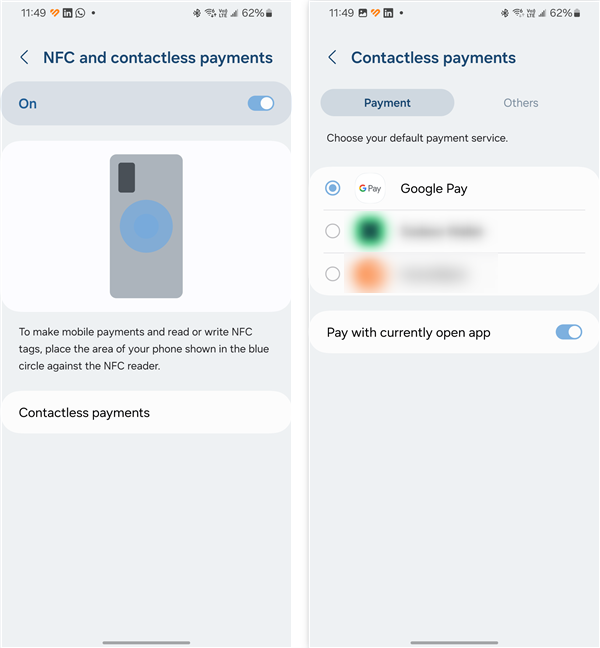
NFC and contactless payments on a Samsung Galaxy
What is an NFC tag?
NFC tags are small, inexpensive smart tags made with a tiny amount of storage memory, a radio chip, and a small antenna. They are very thin devices that can be inserted into small plastic cases or even stuck to paper or a leaflet. NFC tags don’t need batteries to run: they draw their power from NFC-enabled devices that you tap or keep close to them using induction.
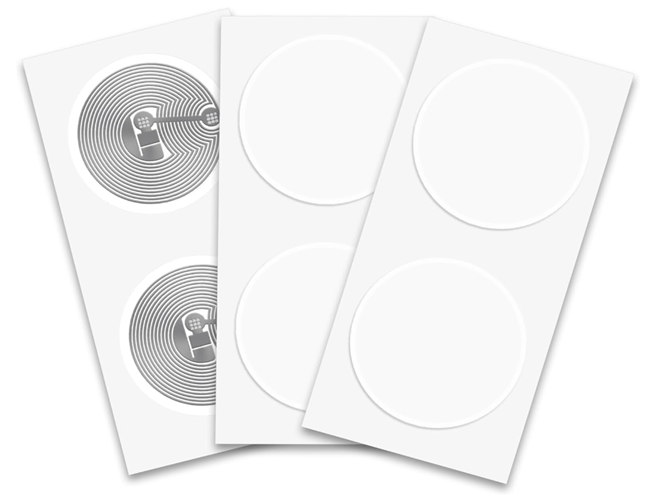
NFC tags (image source: Amazon)
However, more complex devices, like the Samsung Galaxy SmartTag2 used for tracking things, don’t have only NFC tags inside but also Bluetooth chips and batteries to power them. While the NFC tag allows you to easily pair such a device with your smartphone, Bluetooth is the wireless tech that’s actually in charge of sending location information.
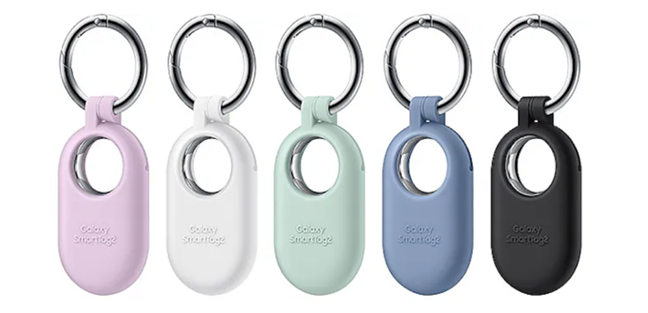
A smart NFC tag made by Samsung (Galaxy SmartTag2)
Combining NFC with Bluetooth, you get both easy setup (thanks to the NFC tag inside) and efficient tracking (thanks to Bluetooth).
What is an NFC tag reader?
NFC tags can be read with, you guessed, an NFC tag reader. NFC tag readers are NFC-enabled devices that can read the information stored on an NFC tag. The most common NFC readers are smartphones. Usually, Android devices can read (and also write) NFC tags by default, as the operating system knows how to work with this technology. On the other hand, only newer iPhones can do that directly, as Apple didn’t let iOS automatically read NFC tags on older iPhones. I’ll discuss this subject in more detail later in this article.
Where else is NFC used?
There are also other uses that are not widespread at this point but are made available by some companies. One of the most useful is that NFC can be employed for access and security checks: you can use NFC devices, such as your smartphone, to validate your identity and get access to your office building, for example.
Even more interesting, NFC chips have found their way into how we authenticate when crossing borders. I’m talking about e-passports. An e-passport is a regular paper passport with a twist: it includes an NFC chip, usually located on the front or back cover of the document. E-passports are sometimes referred to as biometric passports, NFC passports, or electronic passports. All the passports circulating in the United States, for example, contain an NFC chip. Similarly, all the passports currently issued in my home country, Romania, as well as in all European Union countries, have incorporated NFC chips.
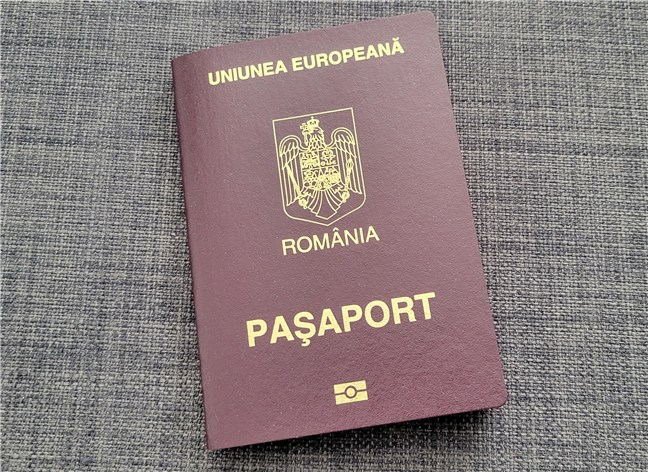
Most countries issue NFC-enabled passports (biometric, electronic)
Several companies and universities are also using NFC-enabled devices as security badges. Also, companies like Iberia Airlines in Spain allow travelers to store their boarding passes on their NFC-enabled phones. Similarly, the Scottish railway operator Rambus lets you pay for your train tickets using NFC-enabled smartphones.
Is NFC dangerous? Should NFC be on or off?
The only major downside of this technology is that it does not provide any security or protection outside the fact that communication can be done only within a very close range (of a few inches or centimeters). NFC is vulnerable to various attacks, from eavesdropping to data modification. A list of vulnerabilities was documented on Wikipedia: NFC Security. So, while NFC is not dangerous by itself, it may be wise to keep it off and only enable NFC when you need it.
Do I have NFC on my Android smartphone?
Not all Android smartphones have NFC available; not the cheaper models, at least. To tell whether you have NFC on your Android smartphone, first open the Settings. Then, use the search field to look for NFC. It's usually found in the Connected devices in stock Android or the Connections category on Samsung Galaxy smartphones. Depending on your phone’s manufacturer, you might also find it somewhere under Wi-Fi, Bluetooth, or in a More Connections section. If you get a search result named NFC, then you have NFC on your smartphone. And if you want to turn it on, it’s enough to tap the NFC switch.
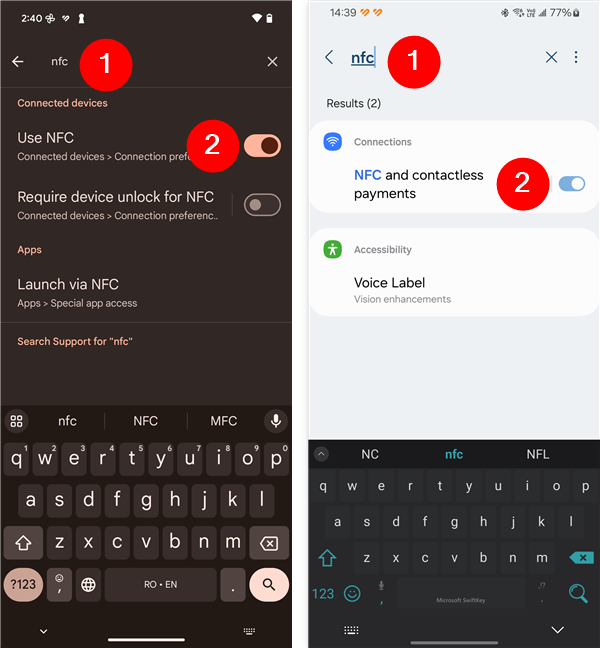
Finding and enabling NFC on an Android Google Pixel and a Samsung Galaxy
TIP: If you want to know more, learn how to enable and use NFC on Android.
Do I have NFC on my iPhone?
Many iPhones do have NFC, but some of them don’t, and some just can’t use all the benefits of NFC because Apple chose not to include all its features on its smartphones:
- If you have an iPhone 5, 5s, 5c, or previous, you do not have NFC;
- If you have an iPhone 6, 6 Plus, or iPhone SE, you have NFC but only for payments, using Apple Pay;
- If you have any iPhone model released after the iPhone 6 series (iPhone 7, 8, X, SE 2nd or 3rd Gen, iPhone 11, iPhone 12, iPhone 13, iPhone 14, or iPhone 15), you have NFC for payments. You can also read NFC tags, but only if you have iOS 11 or newer. You can also write NFC tags using third-party apps if you have iOS 14 or newer.

All modern iPhones like these iPhone 15 and iPhone 15 Pro have NFC
TIP: For more detailed information about iPhones’ NFC, see how to use NFC on an iPhone.
Final words: Who made NFC and when?
Sony, Philips, and Nokia invented this technology. The first phone with NFC was the Nokia 6131, released in 2006. The Nexus S was the first Android smartphone with NFC, and it was released in 2010.
Hundreds of companies have adopted this technology, making it widely used in devices like smartphones, tablets, PCs, portable speakers, and even cars. The evolution of this technology and its standard is managed by the NFC Forum, a non-profit industry association with more than 100 members. This forum includes most of the prominent companies in the world of technology, including Intel, Microsoft, and Google. All the major mobile manufacturers are also members.
How do you use NFC?
As you can see, NFC is a promising technology that can be used for many things. Its growing adoption in all kinds of mobile devices, especially smartphones, will only increase its importance. Are you using NFC to send data between your smartphones, connect to your portable speakers, or perform other tasks? Did you get to this article simply because you had an exam with questions about the meaning of NFC or what NFC is most commonly used for? Let me know, and share your experience with NFC and any questions you might have about NFC in the comments section below.


 18.06.2024
18.06.2024 